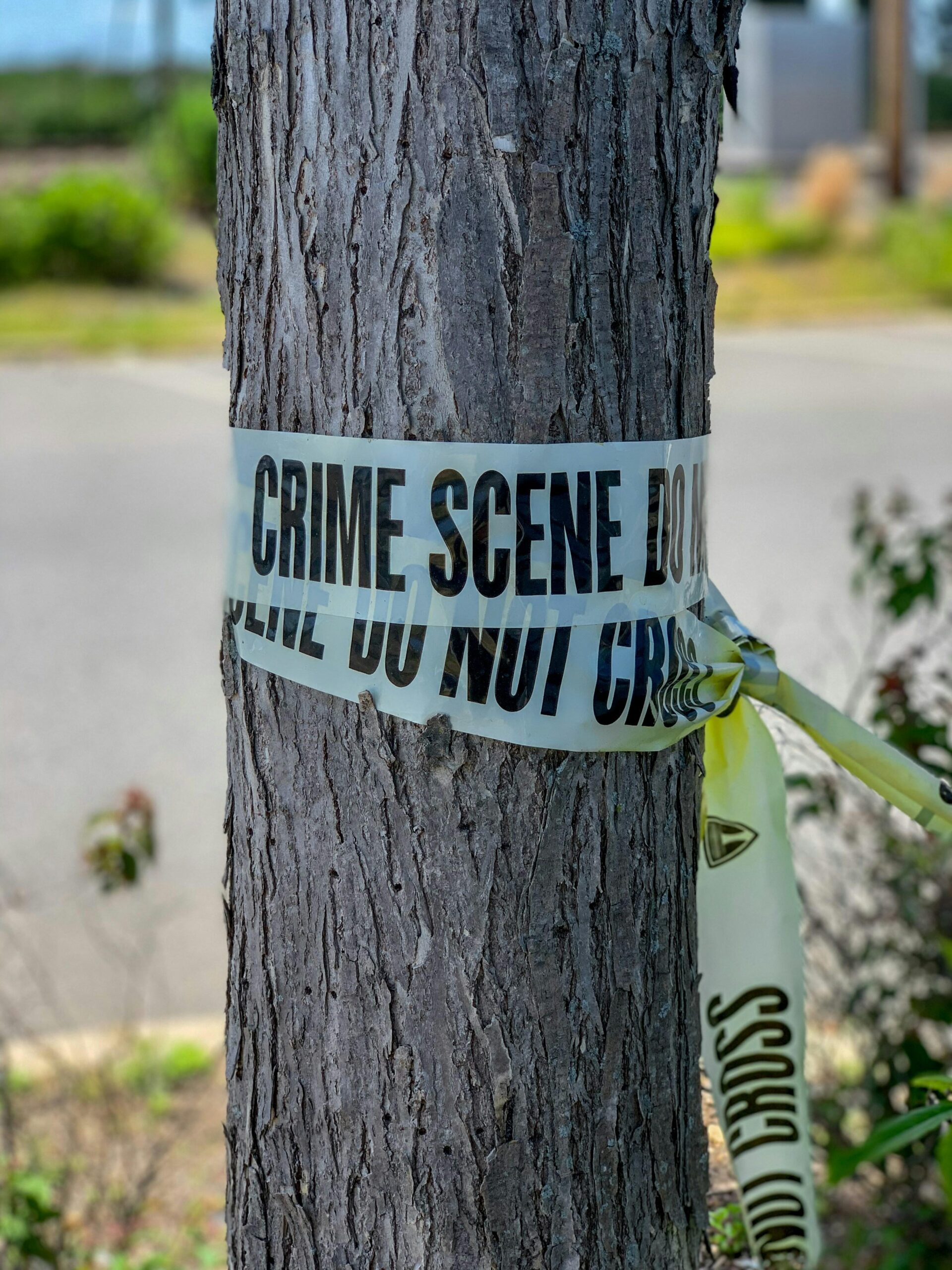Step into the shadowy corridors where desperation meets danger: the world of human smuggling and migration crimes. Behind the headlines and border controls lies a complex web of covert networks, harrowing journeys, and untold stories of those risking everything for a chance at a new life. But what really drives this underground industry? How do these clandestine operations function, and what does it mean for migrants, law enforcement, and societies caught in the crossfire? Join me as we unravel the mysteries and uncover the realities inside this hidden world—where hope, exploitation, and bravery intersect in ways few dare to explore.
Table of Contents
- Understanding the Hidden Networks Behind Human Smuggling
- The Harsh Realities Faced by Migrants on the Move
- Unmasking the Tactics and Technologies Used by Smugglers
- Practical Steps Communities Can Take to Combat Migration Crimes
- Future Outlook
Understanding the Hidden Networks Behind Human Smuggling
Beneath the surface of global migration lies a complex web of clandestine operations that few truly understand. These networks are not merely opportunistic criminals; they are sophisticated, highly organized groups that manipulate vulnerable individuals desperate for a better life. Their operations often span continents, weaving through a maze of corrupt officials, false documentation, and hidden transportation routes. What makes these networks particularly elusive is their adaptability—constantly evolving strategies to bypass tightening border controls and law enforcement, making them a formidable challenge for authorities worldwide.
At the heart of these shadowy systems are key players who orchestrate the movement of people with ruthless precision. The hierarchy typically includes:
- Recruiters who identify and entice potential migrants often through false promises.
- Transport coordinators who arrange clandestine travel via land, sea, or air.
- Corrupt enforcers who facilitate border crossings by bribery or intimidation.
Understanding the interplay between these actors is crucial to dismantling the networks and protecting those exploited. By shedding light on their inner workings, we can begin to develop targeted interventions that disrupt these criminal enterprises without jeopardizing the lives caught in the middle.
The Harsh Realities Faced by Migrants on the Move
Every step of the journey for migrants is strewn with unforeseen dangers and overwhelming challenges. From the moment they leave their homes, they often encounter brutal weather, scarcity of food and clean water, and the constant threat of exploitation by unscrupulous traffickers. Many travel through isolated wilderness or treacherous desert terrain where dehydration and injury are common. These journeys aren’t just physical ordeals — migrants, especially women and children, face the chilling risks of violence, abuse, and forced separation from family members. The desperation that fuels these migrations leaves them vulnerable to predators who profit by trafficking human lives.
Alongside the physical and psychological risks, migrants must navigate a labyrinth of legal uncertainties and hostile environments. They are frequently met with mistrust by border authorities and may be detained under harsh conditions or subjected to inhumane treatment. Access to medical care, legal protection, or even basic humanitarian aid can be alarmingly limited. Some of the grim realities they confront include:
- Being abandoned mid-journey by smugglers seeking to avoid capture
- Enduring cramped, unsafe transport means designed to evade law enforcement
- Bearing catastrophic financial loss from paying exorbitant smuggling fees
- Living in constant fear of arrest, deportation, or falling prey to human trafficking networks
Unmasking the Tactics and Technologies Used by Smugglers
Behind the elusive veil of human smuggling lies a complex web of strategies engineered to evade law enforcement and exploit vulnerable migrants. Smugglers often rely on a blend of high-tech tools alongside old-fashioned deception to keep their operations under the radar. From encrypted communications transmitted via secure messaging apps to the use of drones scouting heavily monitored borders, technology has significantly transformed their playbook. Meanwhile, traditional methods like forged travel documents, hidden compartments in vehicles, and coordinated caravan movements continue to play a vital role in bypassing checkpoints.
Understanding these evolving tactics reveals how smugglers stay one step ahead. Common techniques include:
- GPS spoofing: altering location data to mislead trackers and enable clandestine routes.
- Utilizing “mules”: individuals conveying migrants through multiple transit points to reduce risk exposure.
- Dark web transactions: facilitating payments and communication away from public scrutiny.
- Encrypted chat groups: coordinating movements instantly while minimizing interception chances.
These methods underscore a sophisticated blend of innovation and improvisation, highlighting the urgent need for technology-driven countermeasures in combating migration crimes.
Practical Steps Communities Can Take to Combat Migration Crimes
Communities looking to make a real difference must first foster awareness and education at a grassroots level. Local workshops, school programs, and public seminars can illuminate the hidden dangers of human smuggling and the often-overlooked signs of migration crimes. Empowering residents with knowledge helps break the silence that traffickers thrive on. Neighborhood watch groups can be trained to identify suspicious activities and connect them with trusted authorities, creating a network of vigilance that dismantles criminal operations from the inside out.
Another impactful approach involves building strong partnerships between community leaders, law enforcement, and non-profit organizations dedicated to migrant support. By designing safe reporting channels and offering resources like legal aid and shelter, communities can provide migrants with real alternatives to dangerous routes and exploitative smugglers. This dual strategy of prevention and protection not only saves lives but also sows trust, paving the way for collaborative efforts that strike directly at the roots of migration crimes.
Future Outlook
As we peel back the layers of the complex and often dark world of human smuggling and migration crimes, it becomes clear that this is an issue interwoven with desperation, hope, and harsh realities. While laws and enforcement play critical roles, the human stories behind these networks remind us of the urgency to understand and address the root causes driving people into these dangerous journeys. There’s still so much more beneath the surface waiting to be uncovered — from the motivations of those involved to the global efforts aiming to disrupt these illicit operations. Stay curious, stay informed, and keep exploring the questions that challenge our perspectives on migration and justice.












